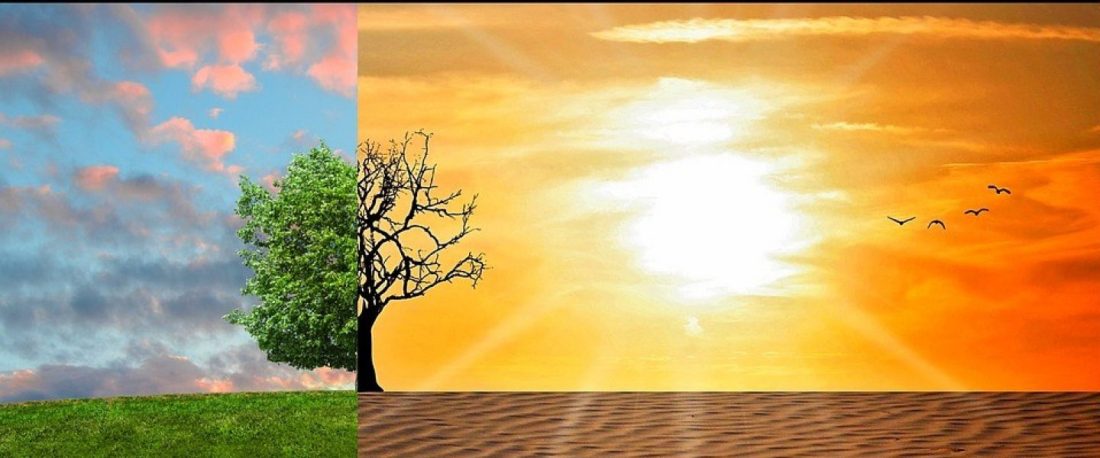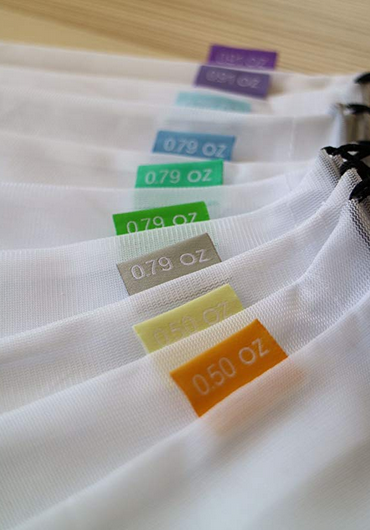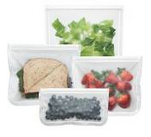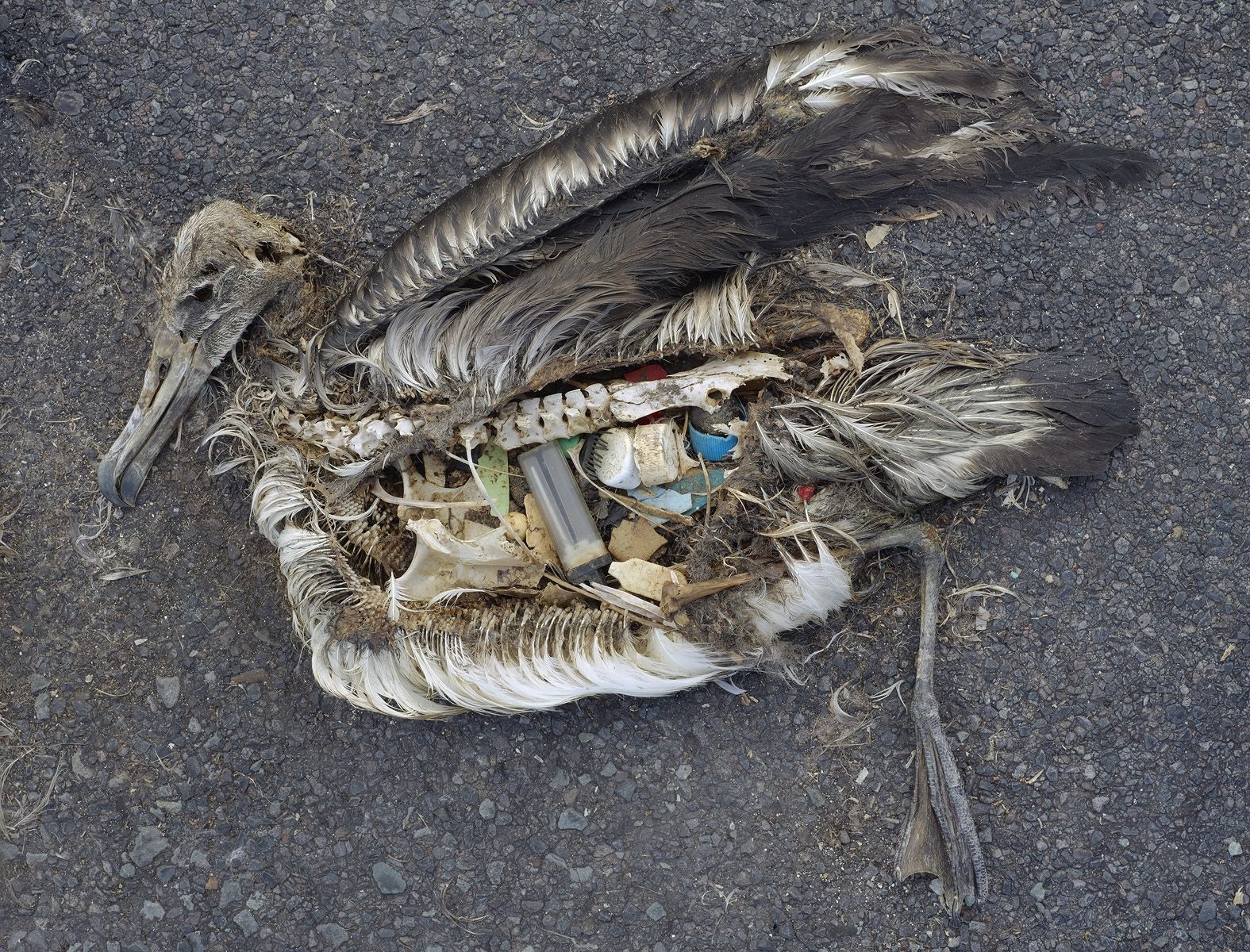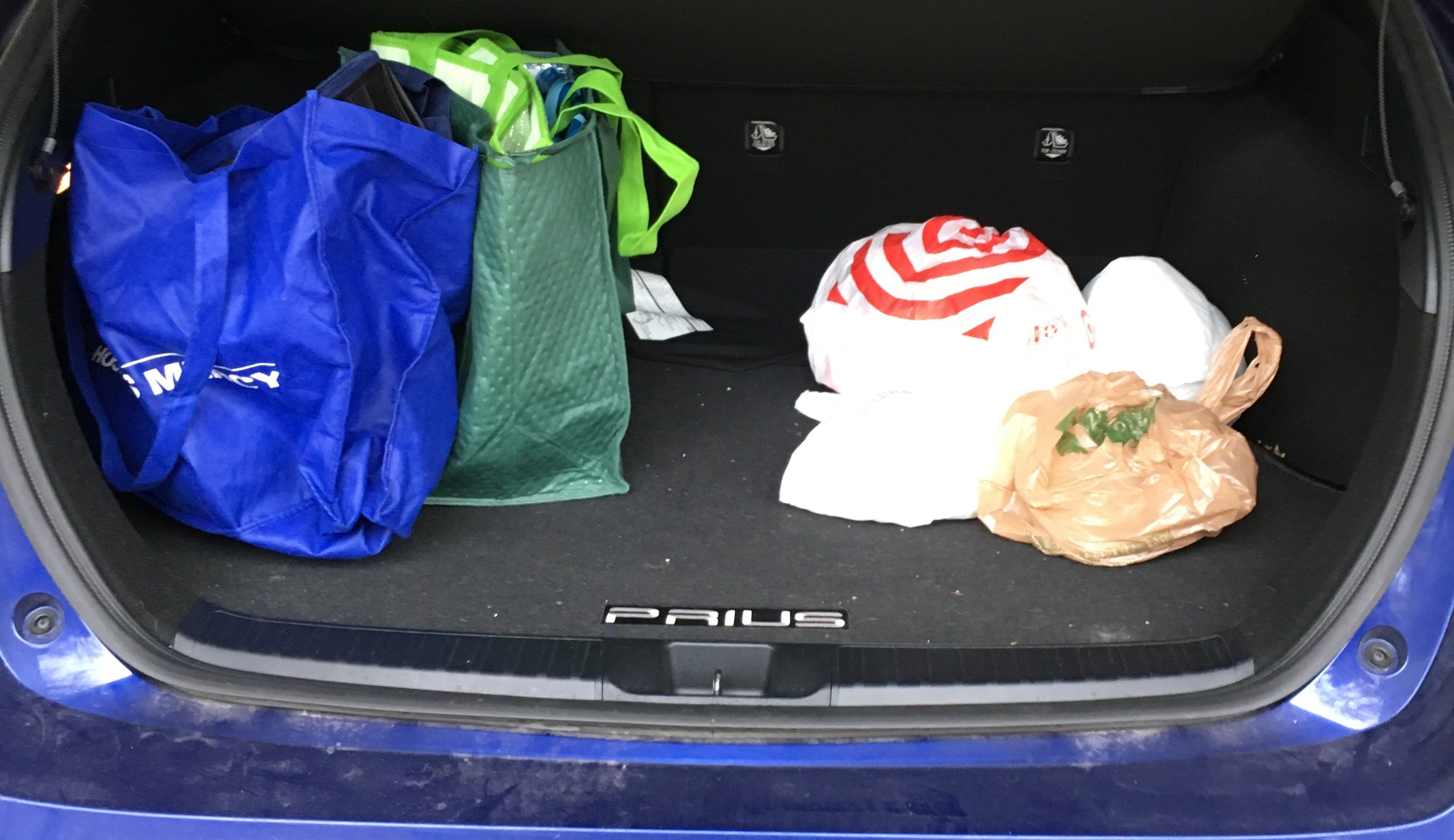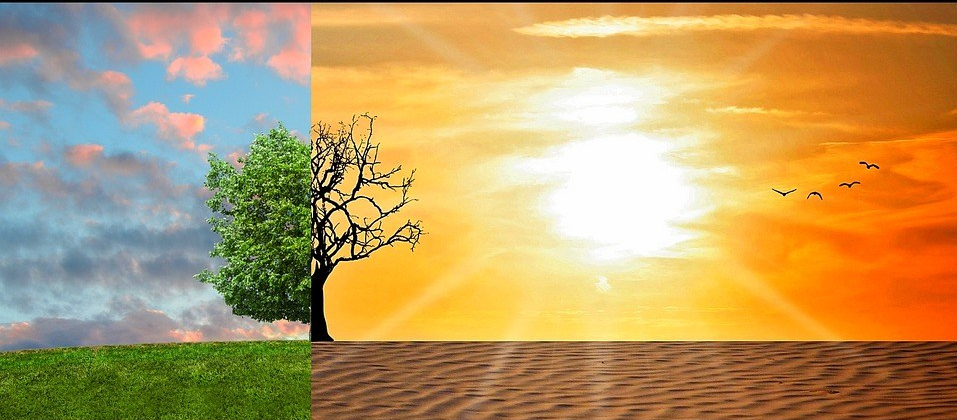What’s so bad about having lots of clothing options? How bad could it be for our environment?
I never realized it was a problem until recently. There are several issues that contribute to overuse of water. Let’s start with the biggies.
As you’ll see in this video, it takes an amazing amount of water to grow the cotton needed to make one t-shirt, and more than double that amount to make a pair of jeans.
So? Why should I care? The planet is covered in water.
That’s what I used to think, until the following facts were brought to my attention.
- 97% of the water on Earth is salt water, making it unusable for drinking or farming or most of the tasks where we use water.
- 2.5% of the water on Earth is in glaciers, soil, the atmosphere, etc. where we can’t access it.
- That leaves only 0.5% of the water on Earth for us to use.
Still, you may be thinking, that’s a lot of water. True. There’s about 2,459,785,231 x 10^13 gallons of fresh water on Earth.
So, what’s the problem? Here are a few more facts that zero in on the problem.
- 70% of our freshwater is used to grow food; and as the population increases, this percentage increases
- 80% of diseases in developing countries are related to lack of freshwater, causing 3 million early deaths each year–more deaths than those attributed to any form of violence, including war.
- It is predicted that by 2025, two-thirds of the world’s population will experience water shortages, which will significantly increase death rates.
So, yes, water conservation is a serious issue. But can our actions really make a difference? While agriculture uses the most freshwater, we can reduce the amount of food and other products that need to be grown.
Ask yourself these questions to find a few ways you can reduce your water usage in significant ways.
- How many t-shirts and jeans do I need? Do I need a t-shirt from every place I visit? Distressed jeans are all the rage–why not get them from a resale shop? Eliminating the purchase of just 1 t-shirt and 1 pair of jeans this year will save 2,500 gallons of water.
- Do I need to eat beef as often as I do? Beef requires the most water to produce. At 1,847 gallons/pound to produce beef, switching to chicken would save 1,379 gallons of water per pound. To reduce water usage even more, eat eggs. (53 gallons per egg)
- How often do I wash a partial load of laundry, or wash clothes that really only need to be freshened? Check out DroughtPro to find ways to reduce water by changing your laundry habits.
If you are curious about how much water you use, check out the Water Footprint Calculator. You’ll also see some tips on how to reduce the amount of water you use. My water footprint is 1,831 gallons per day, mostly on what they refer to as virtual usage, meaning water I do not directly use but is used on my behalf, such as in food and energy production. I’ll receive an e-mail in 3 months to encourage me to take the quiz again. I’m hoping to see a significant reduction in my water usage. Join me?
Reference Sources:
- https://www.treehugger.com/clean-technology/how-many-gallons-of-water-does-it-take-to-make.html
- https://water.usgs.gov/edu/earthhowmuch.html
- https://www.worldwildlife.org/initiatives/fresh-water
